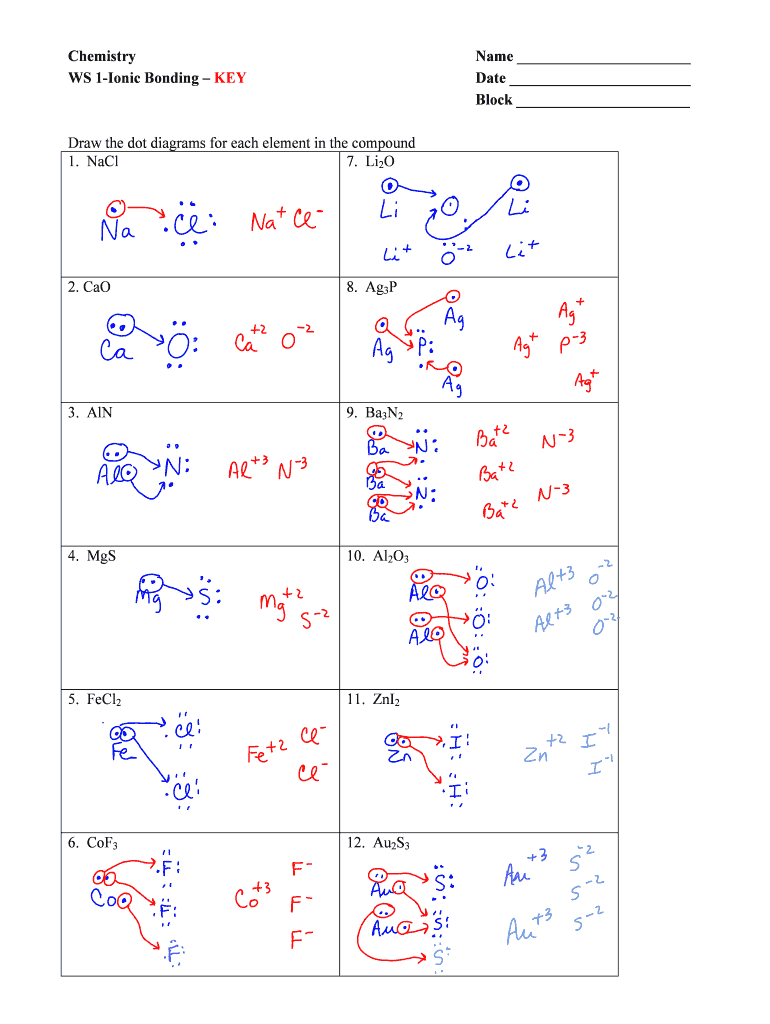When it comes to learning about chemical bonding, Lewis structures are an essential tool. These diagrams help us visualize the valence electrons of atoms and predict how they will interact with each other. To master the art of drawing Lewis structures, practice worksheets can be incredibly helpful. By working through various examples and challenges, students can improve their skills and gain a deeper understanding of molecular structures.
Through Lewis structure practice worksheets, students can familiarize themselves with the rules for drawing these diagrams. They will learn how to determine the number of valence electrons for each element, how to calculate the total number of electrons in a molecule, and how to distribute these electrons to form bonds and lone pairs. With consistent practice, students can become more confident in their ability to draw accurate and informative Lewis structures.
Lewis Structure Practice Worksheet
One common exercise in Lewis structure practice worksheets is to draw the structures of simple molecules such as water (H2O) or carbon dioxide (CO2). Students are tasked with determining the central atom, counting the valence electrons, and arranging them to satisfy the octet rule. By practicing with different molecules and varying levels of complexity, students can develop their skills and tackle more challenging problems with ease.
Another important aspect of Lewis structure practice is understanding resonance structures. In cases where multiple valid structures can be drawn for a molecule, students must learn how to identify and draw all possible resonance forms. This exercise helps students grasp the concept of delocalized electrons and the stability of resonance structures.
Furthermore, Lewis structure practice worksheets often include exercises that involve formal charges. By calculating the formal charge of each atom in a molecule, students can determine the most stable arrangement of electrons. This skill is crucial for predicting the reactivity and properties of molecules, making it an essential component of chemical bonding studies.
In conclusion, Lewis structure practice worksheets are invaluable tools for mastering the art of drawing molecular diagrams. By engaging in regular practice and working through various examples, students can enhance their understanding of chemical bonding and develop their problem-solving skills. With dedication and persistence, anyone can become proficient in drawing accurate and informative Lewis structures.
